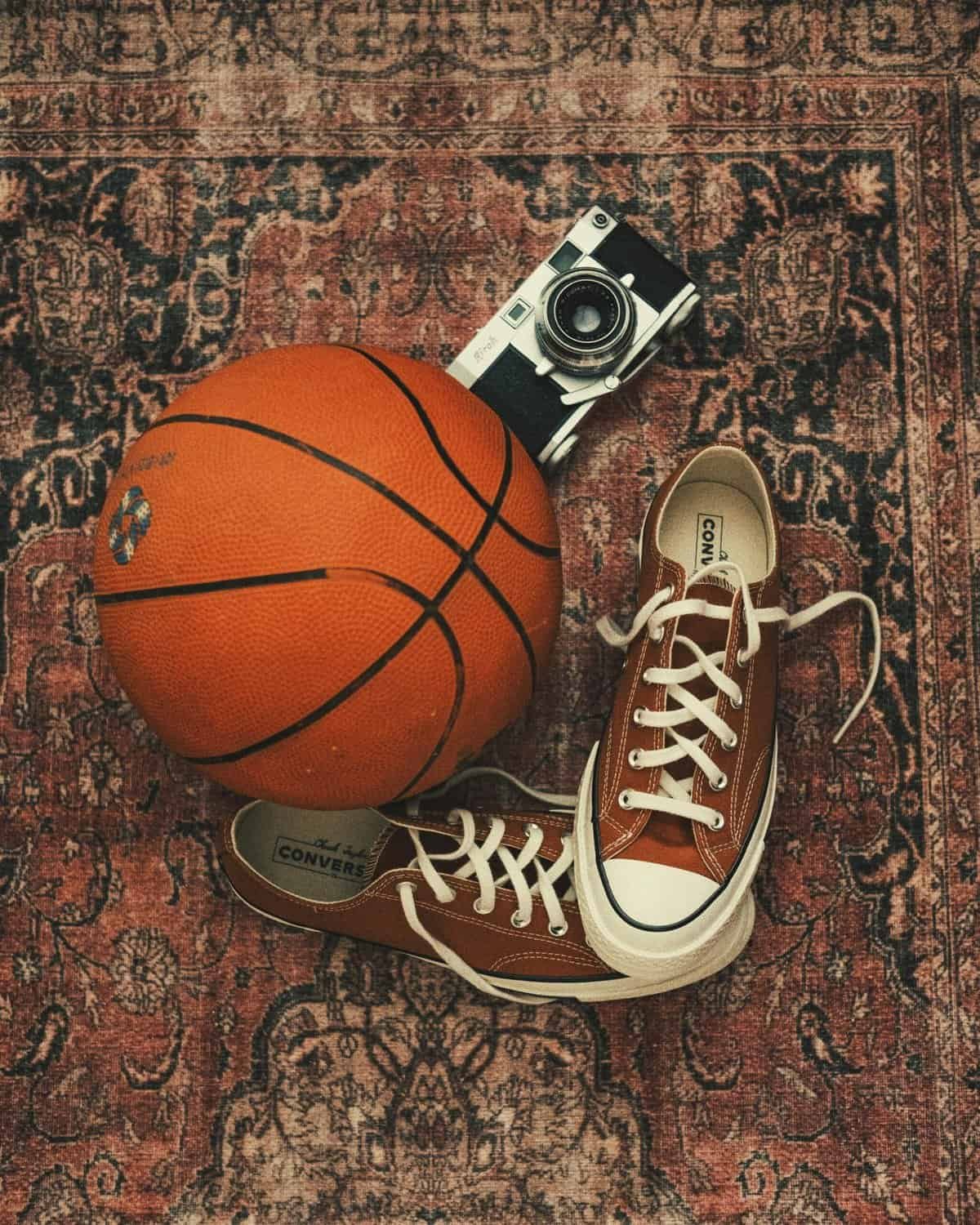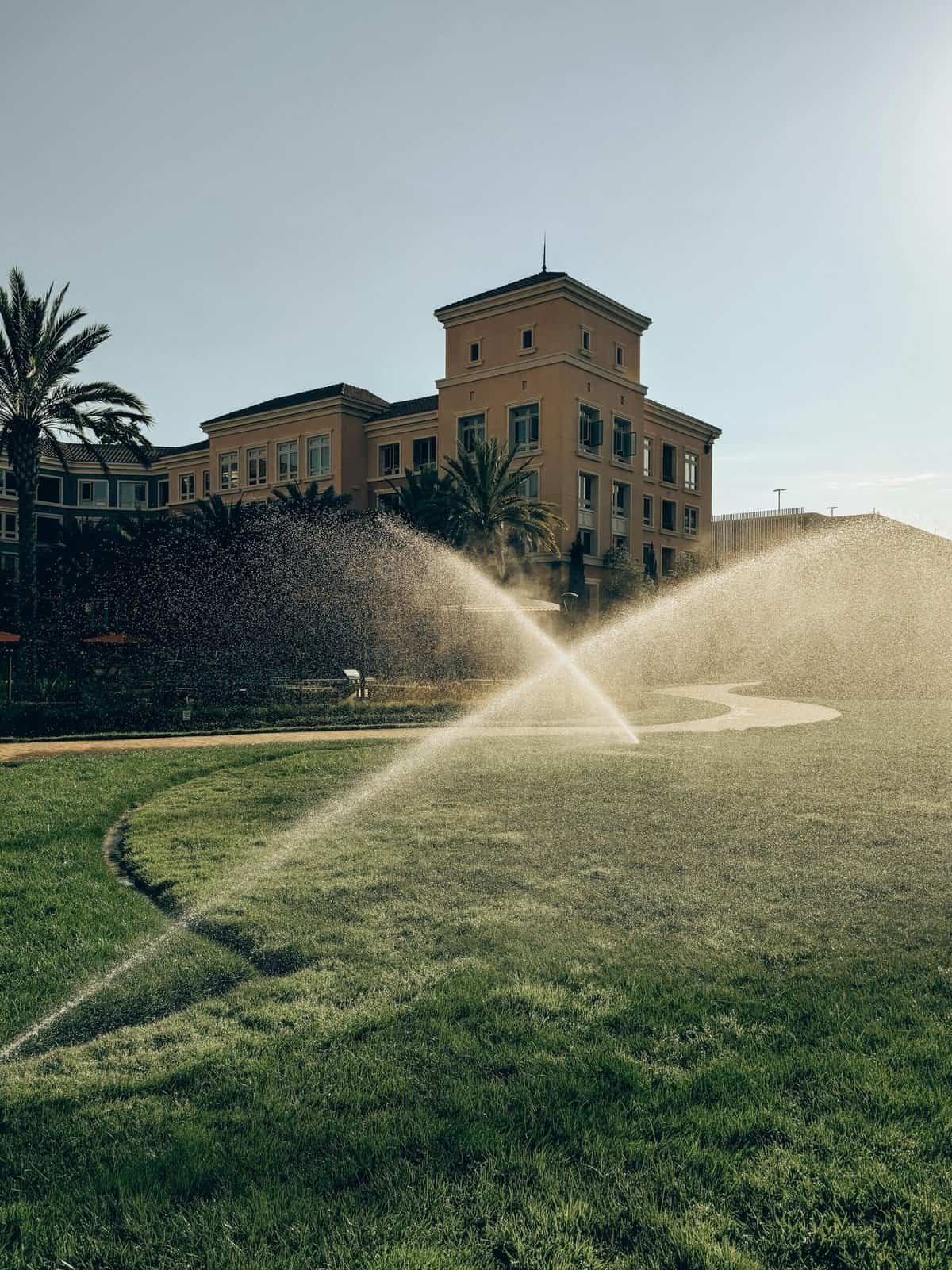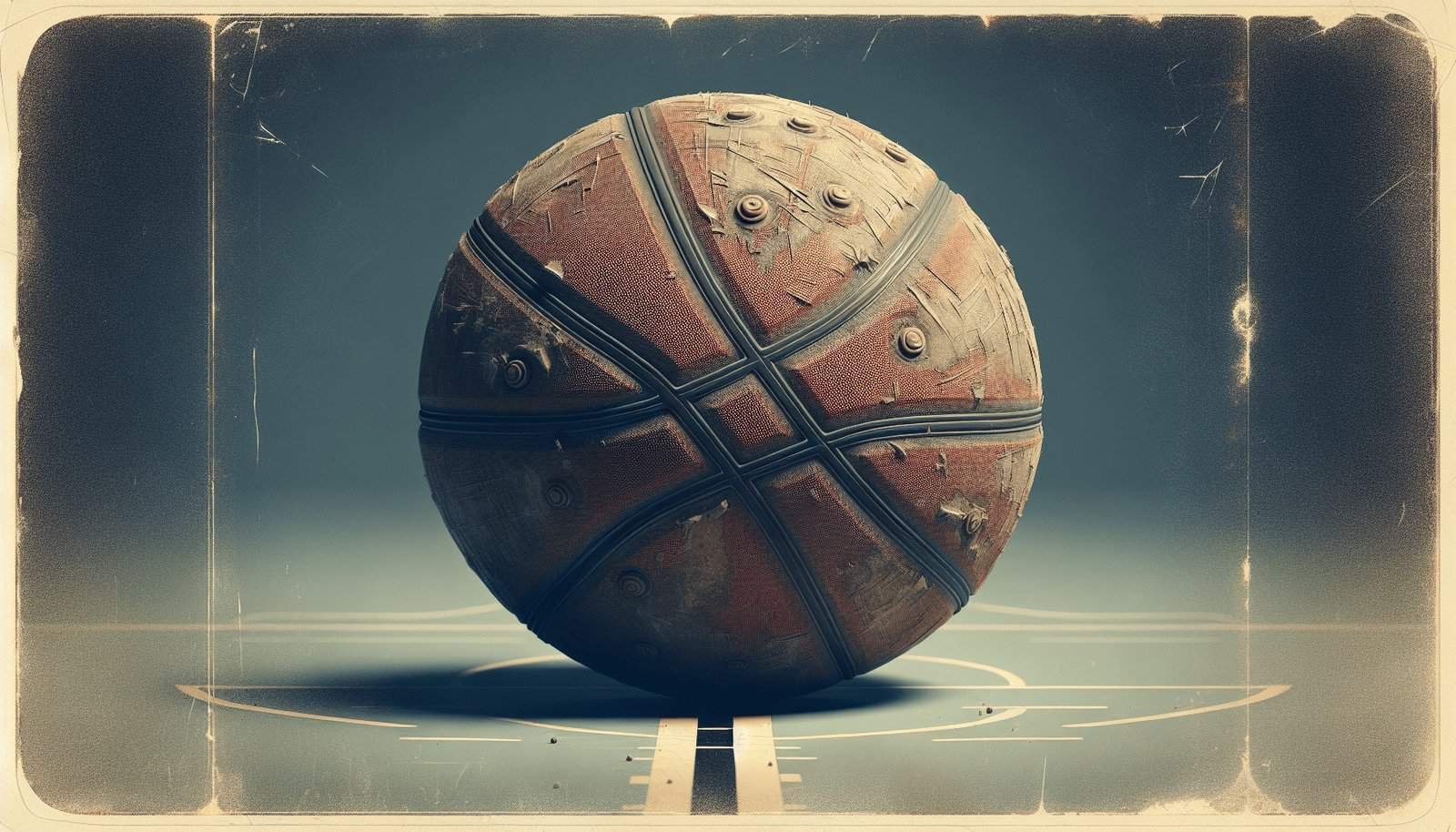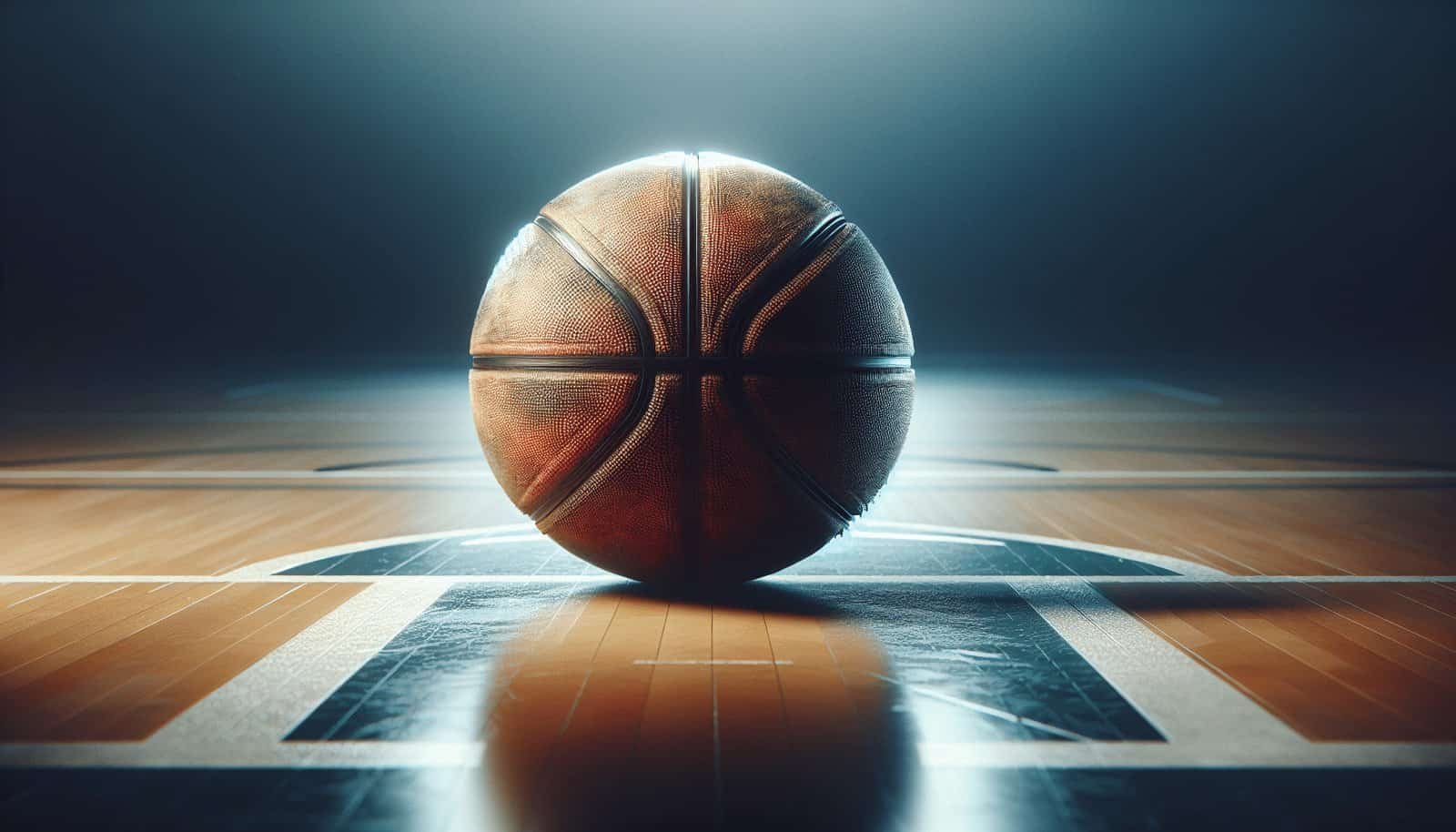Have you ever wondered how often basketballs should be replaced to ensure they deliver optimal performance during games and practice sessions? This is a common question for many players, coaches, and sports enthusiasts who want to maintain the best possible playing conditions on the court. Basketballs endure a lot of wear and tear, and knowing when and how often they should be replaced can significantly impact your game.

Understanding the Basics of Basketball Durability
Each basketball undergoes different levels of stress depending on where and how it is used. From professional courts to driveway hoops, the lifespan of a basketball can vary significantly. Various factors affect a basketball’s longevity, including the type of material, frequency of use, and maintenance practices.
Types of Basketball Material
Basketballs are typically made from three primary materials: leather, composite (synthetic), and rubber. Understanding these materials is crucial because each reacts differently to wear and tear.
Leather Basketballs: Often used in professional games, leather basketballs offer excellent grip and feel. However, they also require break-in time and careful maintenance. Their lifespan can be quite long if used indoors and on hardwood courts.
Composite Basketballs: These synthetic basketballs offer the feel of leather but are more versatile. They can be used both indoors and outdoors and typically last longer than leather basketballs when used under varied conditions.
Rubber Basketballs: Generally the most durable and budget-friendly, rubber basketballs are excellent for outdoor play. However, they can wear down quickly on rough surfaces and may not provide the same performance quality as higher-end options.
Frequency of Use
How often you use a basketball will significantly determine how soon it needs replacement. A basketball used daily will naturally deteriorate faster than one used occasionally. A ball used for professional practice will likely require more frequent replacement than one used for a casual weekend game due to the intense play and specific performance expectations.
Maintenance and Care
Proper maintenance is often overlooked but plays an important role in extending a basketball’s lifespan. Consistent cleaning, storage, and checking for wear can make a difference in how long your ball lasts.
- Cleaning: Regularly remove dirt and dust to maintain grip and appearance.
- Inflation: Keep the basketball inflated to the recommended PSI. Under-inflation can lead to damage, while over-inflation can alter performance.
- Storage: Store basketballs in a cool, dry place to prevent exposure to moisture and extreme temperatures which can degrade the material.
Signs That Your Basketball Needs Replacing
Recognizing when a basketball has reached the end of its functional lifespan is key to replacing it at the right time. Here are a few indicators that suggest it’s time for a new ball.
Loss of Air Retention
If your basketball frequently loses air even after being inflated to the recommended pressure, it might be a sign of a valve issue or a puncture. Consistent air loss affects bounce and control on the court.
Worn Surface or Grip
A basketball should have a reliable grip to ensure good handling. If you notice the surface has smoothed out, it can drastically affect how well you perform, making dribbling and shooting more challenging.
Structural Damage
Look for cracks, splits, or major scuffs along the ball’s surface. Structural issues can lead to an erratic bounce and unpredictable performance.
Peeling Panels
For leather and composite basketballs, peeling panels can signify that the ball has endured heavy use and needs to be replaced. This is especially true if the panels appear dislodged or have begun separating.

Optimal Replacement Schedule for Basketballs
The replacement schedule for basketballs is not one-size-fits-all, as it depends on several factors including usage intensity, location of play, and the type of ball. Let’s examine a general guideline for how often you should consider replacing your basketball for optimal performance.
| Usage | Frequency | Suggested Replacement Interval |
|---|---|---|
| Daily Use | High-Intensity Play (e.g., Professional or Collegiate level) | 3-6 Months |
| Moderate Use | Recreational Leagues | 6-12 Months |
| Casual Use | Backyard or Pick-up Games | 12-18 Months |
Daily High-Intensity Use
Basketballs used in high-intensity training, such as professional or collegiate levels, will wear out faster. This is due to the rigorous nature of the games and practices involved. Replacing these basketballs every 3-6 months ensures that they meet performance standards.
Moderate Recreational Use
For those playing in recreational leagues, a 6-12 month replacement schedule is often sufficient. While these balls are used regularly, they do not endure the same level of intense use as professional-grade basketballs.
Casual and Occasional Use
Basketballs used for leisurely or occasional play, like driveway games, can last significantly longer. Replacing these basketballs every 12-18 months should maintain acceptable performance levels.

The Impact of Surface Types on Basketball Longevity
The type of court surface you play on can dramatically affect how long your basketball lasts. Let’s take a look at how different playing surfaces impact basketball durability.
Indoor Courts with Hardwood Flooring
Basketballs destined for indoor play tend to last longer due to the smooth, controlled surface. Leather and composite basketballs perform exceptionally well on hardwood floors, retaining their grip and structural integrity longer.
Outdoor Courts with Concrete or Asphalt
The rough nature of concrete and asphalt surfaces can be very demanding on basketballs. Rubber basketballs are recommended for these surfaces, thanks to their durability. However, the increased friction and harsh surface can cause them to lose grip and develop wear more quickly than on indoor courts.
Synthetic Courts
Synthetic surfaces strike a balance between providing the durability of concrete and the performance of hardwood. Composite basketballs are typically ideal for these courts, as they can withstand synthetic surfaces without severe wear and tear.

Maintaining Optimal Basketball Performance
Beyond replacing your basketballs at the right intervals, maintaining them properly is essential to optimizing their performance and extending their life. Here are some best practices for basketball maintenance:
Regular Inspection
Regularly inspect your basketball for any signs of wear or damage. Catching these issues early can prevent further damage and prolong the ball’s usability.
Appropriate Inflation
Always inflate your basketball to the manufacturer’s recommended PSI. Under-inflation or over-inflation can compromise the ball’s performance and may lead to structural damage.
Proper Cleaning Techniques
Regularly wipe your basketball down with a damp cloth to remove dust and debris. Avoid harsh chemicals that can degrade the material over time.
Storage Conditions
Store basketballs in a dry area away from direct sunlight and temperature extremes. This will help prevent material breakdown and extend their lifespan.

Conclusion
In summary, replacing basketballs at the right intervals and maintaining them properly are essential steps to ensure optimal performance. By understanding the type of basketball, how often it’s used, and the conditions it’s used under, you can determine the best replacement schedule for your needs. Consistent care through proper cleaning, inflation, and storage will further extend the life of your basketball, ensuring that every shot and dribble performs at its best. Always be mindful of the signs of wear and remember that a well-maintained basketball not only enhances your game but also contributes to your overall enjoyment of the sport.
